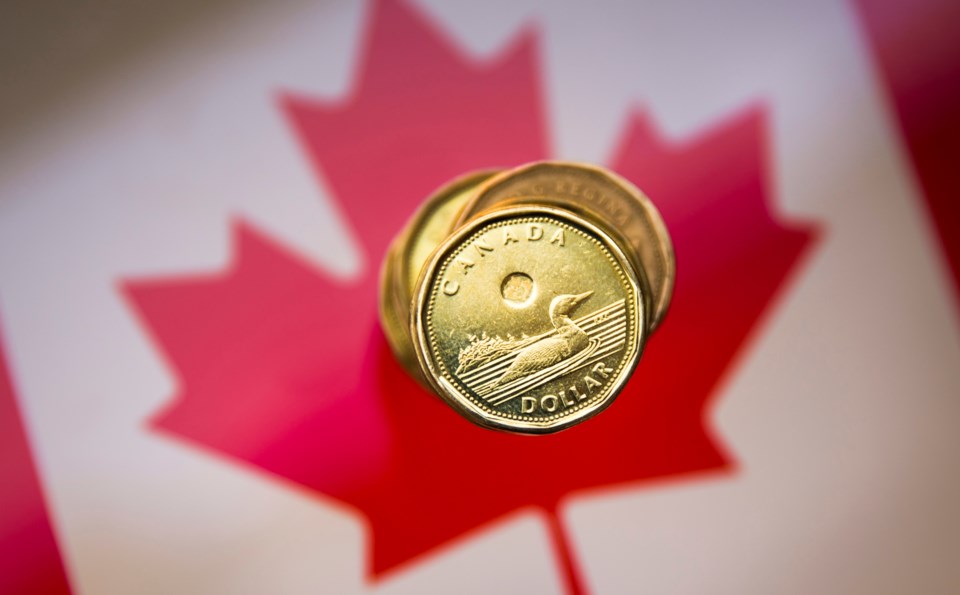National news media have been filling a lot of space speculating on what will be included in the upcoming federal budget — and pontificating on what they think should be included.
In the April 3 Globe and Mail, reporters spent a great deal of time frothing about GDP. A chart was prominently placed showing that Canada’s projected real GDP per capita growth rate was the worst among 38 countries.
Why they chose that chart is a puzzle. The top four in terms of growth rate were Turkey, Estonia, Latvia and Lithuania. In terms of static GDP, Canada ranks 10th in a list of 190 countries, well ahead of the other three.
It’s not uncommon for government and the media to focus on GDP as the main indicator of the nation’s health. So, what is this enigmatic acronym, and why is it so obsessively referred to?
I’m no economist. I had to read up on GDP myself. It stands for gross domestic product. To my thinking, people like it because it’s an easy measurement to use — and it has an advantageous malleability. (Exhibit A: the Globe’s chart). It’s used by government opposition who are never happy with Canada’s GDP, and it’s used by governments who praise themselves for the work they’re doing to improve GDP. It simplifies the job of reporting on economic policy for journalists short of time and resources.
Gross domestic product, as a concept, was developed in the early 20th century. But it wasn’t until the Second World War that it took hold of economists’ imagination. John Maynard Keynes refined the idea while working for the U.K. government. He used it as a measurement to calculate the country’s true potential for building its defences against the Nazis.
GDP is not much more than a sum; it adds up all the spending in the country, government included. It measures output of cars and steel mills and banks and home appliances, and how much gets spent on hospitals and police and prisons and military — and all the other things that a society needs. It only goes up if production is rising in the business world.
That’s another reason for its popularity; it is a prod for government to support business. If business grows, so do people’s lives, so the thinking goes, and, as a result, GDP is now considered a measure of a society’s well-being (even though it was never intended to measure well-being).
It’s a funny kind of tool. When women entered the workforce in large numbers, the GDP took off, because suddenly there were new demands for child care, home cleaning and other household services — and a new segment of the population had disposable income. Before that, the work of women in the home counted for nothing in the GDP.
And therein lies a problem. GDP fails to measure many important things. It fails to show whether people’s lives are actually better, or if indeed we are happy.
Health experts have identified a number of key factors for people’s well-being and sense of worth. They include income, leisure time, personal value of work, education, cultural and community supports, accessible, affordable food and a clean environment. Grouped together they are called the social determinants of health.
Our booming, growing economy seems to have come at the expense of all those determinants.
Before the mental strain of the pandemic, families were strained because their household debt had risen dramatically since the 1990s. Now, with interest rates beginning to tip uphill, the strain will only increase.
There’s been an exodus from the city sparked by the pandemic. But the pandemic exposed the qualities of a city that make life less rewarding: the long commutes, the shortage of green space, the rising threat of violence.
Wages have been losing ground to the cost of living for many years. The percentage of Canadians earning below-average salaries is somewhere near 60 per cent. The one per cent, as we well know, is heading in the opposite direction.
Canada’s government actually produced a policy during the pandemic that showed social determinants can be addressed. The Canada Emergency Response Benefit offered monthly cheques to people who were laid off during the worst of the COVID-19 lockdowns. It prevented financial failure for many, and it also kept the economy moving forward at a rate that surprised many.
If the federal budget does anything, it could show that the government has learned that GDP has never been the right tool for measuring the country’s success.
John Challis is a writer and editor living in Washago. He has produced this column on behalf of Canadians for a Sustainable Society, a non-profit organization.



